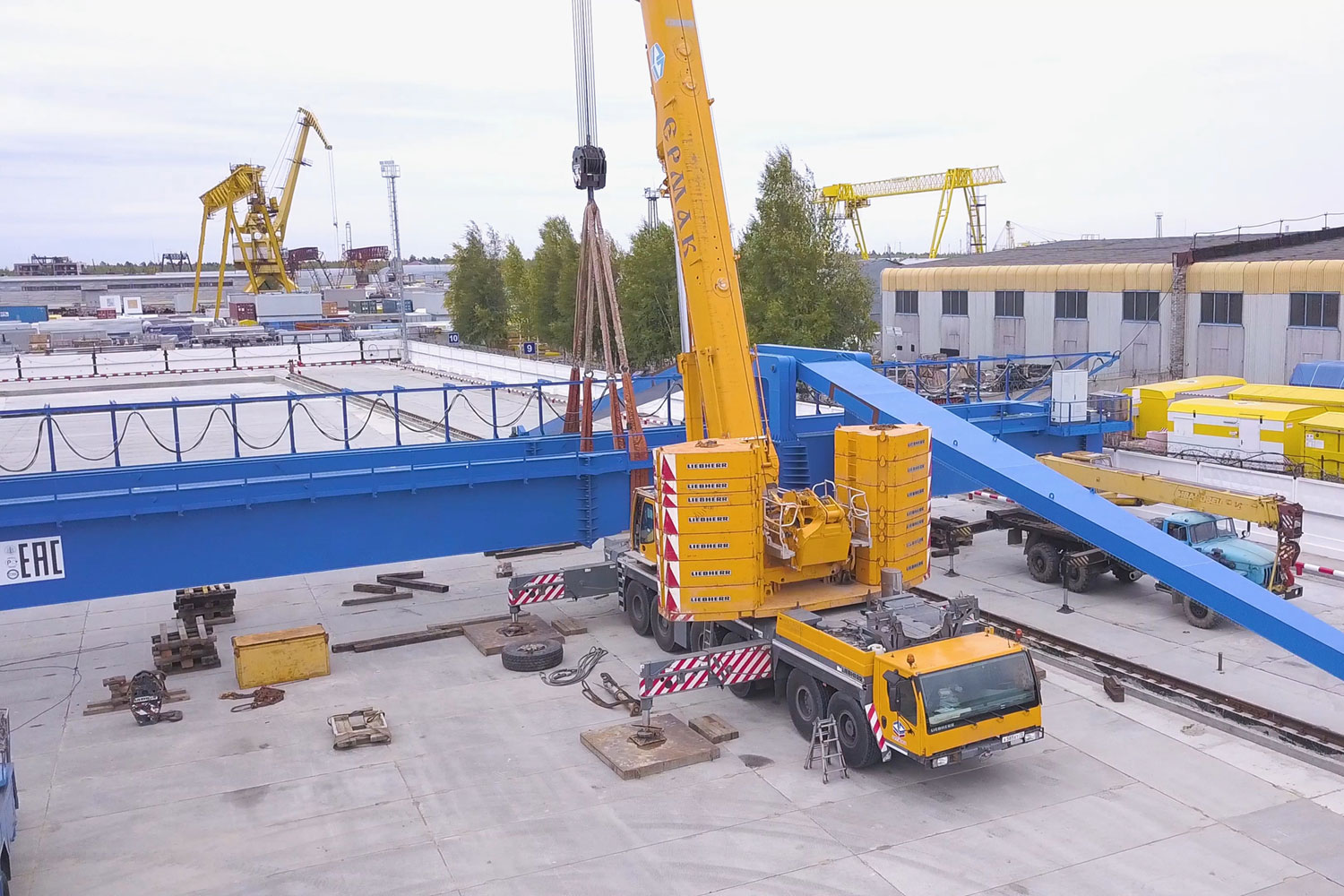
Engineering plant can only be used under the STGO regulations if those operations cannot safely be done using a vehicle that complies with C&U Regs and vehicle approval.
Engineering plant mustn’t carry any load or lift or transport goods or burden – except its own essential equipment – while it’s being used in the construction, maintenance or repair of materials that:
Categories
Cat 1 (exceeds 44,000 kgs):
Speed limits:
Cat 2 (not exceeding 80,000 kgs):
Speed limits:
Cat 3 (not exceeding 150,000 kgs):
Speed limits:
You do not have to carry movement order notices in the vehicle.
Slow plant:
Speed limits:
Vehicle special order movements
Used for:
Authorisation for the vehicle movement must be carried in the vehicle. If the authorisation is not carried, the vehicle will be considered as operating under C&U and AW Regs.
Vehicle excise duty
Engineering plant is taxable under the ‘special vehicle’ class (at the same rate as a basic goods vehicle) if it meets the definition of mobile pumping vehicle, digging machine, or road roller. Other types of engineering plant are taxed under the heavy goods vehicle (HGV) rate, as if the machinery were a load carried on a goods vehicle, rather than being built into it.
Plating and testing
Engineering plant and non-engineering plant are no longer exempt from the plating and testing regulations.
Drivers’ hours and tachograph regulations
Drivers of engineering plant do not have to follow EU drivers’ hours and tachograph regulations or GB domestic drivers’ hour’s rules. This is because they are not carrying goods or passengers by road.
If goods were carried then the normal rules would apply. You can find out more in the guide to Drivers’ hours and tachographs rules: goods vehicles (GV262).
Driving licence
Drivers of engineering plant (as defined under the STGO regulations) do not have to hold a vocational licence, and this class of vehicle can therefore be driven by the holder of a car driving licence (category B).
Source – DVSA